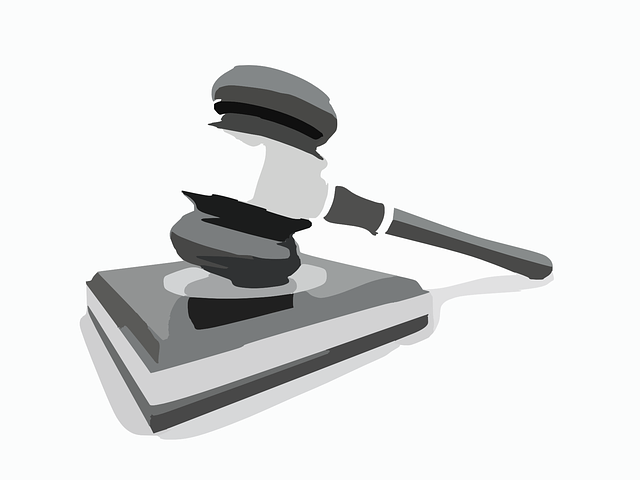Oregon's DHS Child Welfare Law offers a comprehensive legal framework to protect at-risk children, emphasizing prevention and early intervention through assessments, case management, and community resources. Key terms like "reasonable suspicion" and "substantial risk" are crucial for navigating the system, empowering parents, caregivers, and advocates to safeguard vulnerable youth while preserving family unity. The Oregon Department of Human Services (DHS) plays a vital role in investigating abuse/neglect reports, offering temporary placement, and collaborating with stakeholders to foster healthy development. Balancing rights and responsibilities under the DHS child welfare law is essential for positive outcomes, ensuring defined roles for all involved while prioritizing the child's best interests.
In Oregon, understanding the intricate web of child welfare legal terms is paramount for parents, guardians, and anyone involved. This comprehensive guide aims to demystify key aspects of DHS child welfare law, providing a clear overview for all stakeholders. From defining the role of the Department of Human Services (DHS) to navigating the legal process, this article equips readers with essential knowledge. Learn about crucial terms, parental rights, and responsibilities, ensuring informed participation in Oregon’s child welfare system.
- Defining DHS Child Welfare Law: An Overview
- Key Terms and Their Meanings
- The Role of Oregon's Department of Human Services (DHS)
- Rights and Responsibilities of Parents and Guardians
- Navigating the Legal Process in Child Welfare Cases
Defining DHS Child Welfare Law: An Overview

The DHS Child Welfare Law, administered by the Department of Human Services (DHS) in Oregon, is a comprehensive legal framework designed to protect and nurture at-risk children within the state. This law encompasses a range of services and regulations aimed at ensuring the safety, well-being, and stability of children whose families may be unable to provide for their basic needs. The DHS takes a multifaceted approach, offering various interventions from in-home support to foster care placement, all while striving to reunify families whenever possible.
Oregon’s DHS Child Welfare Law prioritizes prevention and early intervention strategies to address family challenges before they escalate. Key components include comprehensive assessments, case management, and a network of community resources. The law also guarantees due process rights for both children and parents, ensuring fair and transparent decision-making processes. This balanced approach reflects the state’s commitment to upholding the best interests of children while respecting the rights and responsibilities of families involved in the child welfare system.
Key Terms and Their Meanings

In Oregon, understanding key terms within the DHS child welfare law is crucial for anyone involved in the system. Key phrases like “reasonable suspicion” refer to a legally sufficient basis for believing a child may be at risk of abuse or neglect. This threshold prompts DHS to initiate an investigation, which can lead to protective services being assigned if risks are confirmed.
Another significant term is “substantial risk,” indicating a high likelihood of harm to the child’s health, safety, or well-being. This standard guides court decisions regarding temporary or permanent custody placements. Familiarity with these and other legal terms empowers parents, caregivers, and advocates to navigate Oregon’s child welfare system more effectively, ensuring every effort is made to protect vulnerable children while maintaining family unity when possible.
The Role of Oregon's Department of Human Services (DHS)

Oregon’s Department of Human Services (DHS) plays a pivotal role in ensuring the well-being and safety of children within the state. As the primary agency responsible for child welfare, DHS is tasked with investigating reports of child abuse or neglect, providing temporary placement and support services to at-risk youth, and working towards reuniting families whenever possible. Their expertise lies in navigating complex DHS child welfare laws to safeguard vulnerable children.
The department’s responsibilities encompass a wide range of interventions, from offering family counseling and in-home support to placing children in foster care when necessary. They collaborate with local communities, social workers, and legal professionals to interpret and enforce the state’s child protection regulations, ensuring that all efforts are in line with Oregon’s commitment to promoting healthy development and secure futures for its youngest residents.
Rights and Responsibilities of Parents and Guardians

In Oregon, parents and guardians have both rights and responsibilities when it comes to their children’s well-being. According to the DHS child welfare law, they are entitled to be informed about any investigations involving their family and to participate in decision-making processes. This includes the right to legal representation during hearings and access to their child’s records. However, these rights come with significant responsibilities. Parents must ensure their children’s safety and well-being, maintain a stable home environment, and cooperate fully with DHS child welfare workers. They are required to address any issues that may have led to the involvement of child welfare services, such as substance abuse or domestic violence.
Guarantors, who may include relatives or other individuals designated as legal guardians, also bear crucial obligations. They must provide a safe and nurturing home, meet the child’s basic needs, and ensure regular attendance at school. The DHS child welfare law expects guarantors to maintain open communication with social workers and make necessary changes to support the child’s long-term stability and development. Balancing these rights and responsibilities is essential to fostering a positive outcome for both parents and children involved in the child welfare system.
Navigating the Legal Process in Child Welfare Cases

Navigating the legal process in Oregon’s child welfare cases involves understanding complex terms and procedures, especially with the guidance of DHS (Department of Human Services) child welfare law. When a child is deemed at risk, the department becomes involved, often initiating court proceedings to ensure the child’s safety and well-being. This process includes assessments, case plans, and regular court hearings where judges make crucial decisions about the child’s future.
The legal framework ensures that all parties involved—from parents or guardians to social workers and lawyers—have defined roles and rights. It emphasizes the best interests of the child, guiding every step of the way. Understanding these laws is vital for families facing such challenges, as it empowers them to actively participate in and ultimately influence the outcome of their case.






